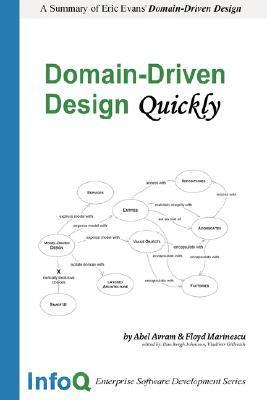What do you think?
Rate this book


106 pages, ebook
First published January 1, 2006
This book, Domain-Driven Design Quickly, is an easy to read summary that explains the main points of Domain-Driven Design. Without the repetition and only small but meaningful examples you can get up to speed in no time and start exploring the topic on your own with real code. If you made your own experiences and like to go a bit deeper in certain points you still can go for the book of Eric Evans.
